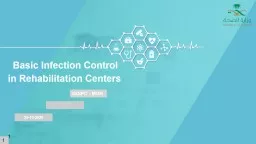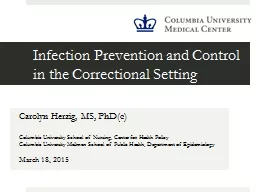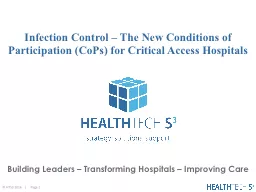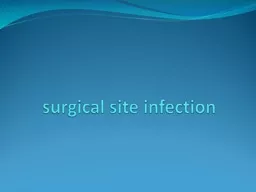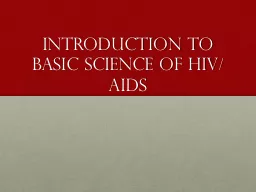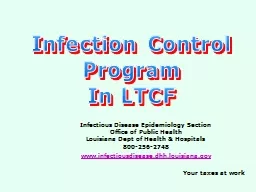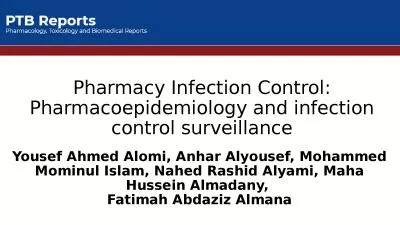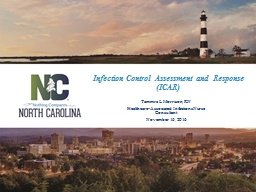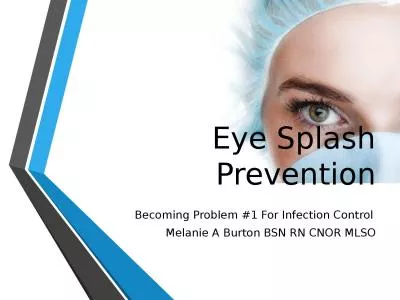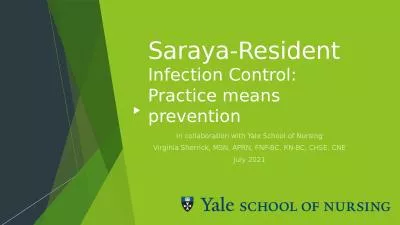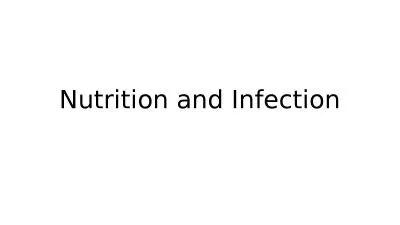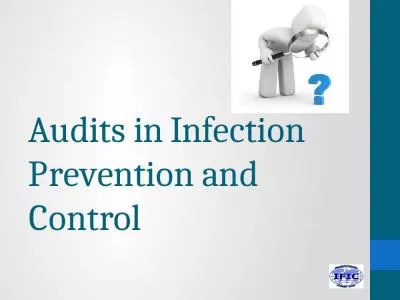PPT-Basic Infection Control
Author : gelbero | Published Date : 2022-02-10
in Rehabilitation Centers GDIPC MOH 26102020 1 1 Epidemiological triangle Consist of The host is the human The environment consists of all external factors
Presentation Embed Code
Download Presentation
Download Presentation The PPT/PDF document "Basic Infection Control" is the property of its rightful owner. Permission is granted to download and print the materials on this website for personal, non-commercial use only, and to display it on your personal computer provided you do not modify the materials and that you retain all copyright notices contained in the materials. By downloading content from our website, you accept the terms of this agreement.
Basic Infection Control: Transcript
Download Rules Of Document
"Basic Infection Control"The content belongs to its owner. You may download and print it for personal use, without modification, and keep all copyright notices. By downloading, you agree to these terms.
Related Documents

